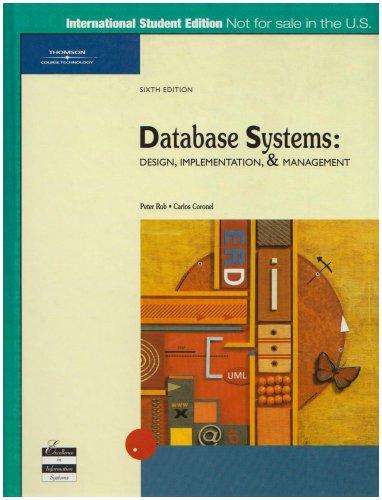Question
1. Consider a router that implements weighted fair queuing using two queues, viz. Queue A and Queue B, with the weight of Queue A being
1. Consider a router that implements weighted fair queuing using two queues, viz. Queue A and Queue B, with the weight of Queue A being 1 (i.e., ) and the weight of Queue B being 3 (i.e., ). Suppose that three packets (a1, a2, and a3) arrive at Queue A, and four packets (b1, b2, b3, and b4) arrive at Queue B. The sizes and the arrival times of the packets are as follows. Queue A: P(a1) = 4 units at t = 3; P(a2) = 3 units at t = 6; P(a3) = 7 units at t = 20. Queue B: P(b1) = 6 units at t = 0; P(b2) = 6 units at t = 9; P(b3) = 6 units at t = 12; and P(b4) = 3 units at t = 17. Note, P(.) denotes the size of a packet. The output link of the router transmits at 1 unit/unit time. Find the transmission completion times of all packets both for the fluid flow model as well as for the packet-by-packet scheduling policy.
Step by Step Solution
There are 3 Steps involved in it
Step: 1

Get Instant Access to Expert-Tailored Solutions
See step-by-step solutions with expert insights and AI powered tools for academic success
Step: 2

Step: 3

Ace Your Homework with AI
Get the answers you need in no time with our AI-driven, step-by-step assistance
Get Started


